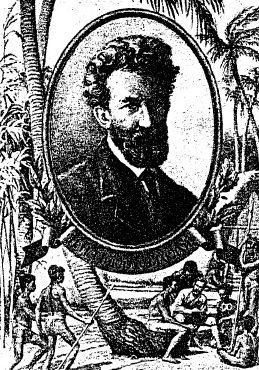Abstract
In my current exploratory and explanatory research I intend to clarify whether theories, which were developed in the field of interpersonal communication, could be applied for the analysis in anthropology? So far as through communication people meet their basic needs I suppose that interpersonal and intergroup communication itself could be the subject of anthropological research, especially in such its field as cultural anthropology. In this paper I argue that recent development of the both disciplines - interpersonal communication and anthropology - gives scholars opportunity to analyze complicated cases of human communication both cross-culturally and inside individual ethnic groups. In this paper I show it in terms of interpersonal communication theories application for analysis of four cases in domain of cultural anthropology. Two cases are examples of cross-cultural communication and another two illustrate the communication inside two individual ethnic groups. In the exploratory part of this study I observe the phenomenon of cultural change on example of modes of exchange transformations. I focus on the switching between such opposite types of modes of exchange as balanced and unbalanced exchange on example of gifting phenomenon. The concept of ‘gift’ is common both for anthropology, where it is a subject of many studies, and for interpersonal communication, where it is distinguished as a form of nonverbal communication. Such interdisciplinary quality of the ‘gift’ concept gives opportunity to verify possibility to apply interpersonal communication theories in the domain of anthropology. For my anthropological analysis I use several theories from the field of interpersonal communication: Expectancy Violations Theory, Interaction Adaptation Theory, Face Theory, Uncertainty Reduction Theory, and Constructivism Theory. To show the phases of ‘gift’ phenomenon development as communication instrument I designed my paper in order from non-gifting phase in Taiwan-Lamay case to the phase of mature practice of gift exchanging in Kula tradition, than to the phase of gift culture degradation into bribe phenomenon in modern Mongolia, and finally to the phase of gifting practice in present indigenous Kamchatka as a mean to purify and revive local culture.
The set of analyzed four cases from anthropological domain demonstrates the gift phenomenon as a nonverbal communication instrument. I discuss the usage of this instrument in terms of both its effectiveness and ethical concerns. In the exploratory part using interpersonal communication theories I observed the process of exchange modes transformations which have started in the post-Soviet period in Mongolian society and in Koriak indigenous culture in the northern Kamchatka peninsula in the Russian Far East. These two cases demonstrate examples of transformations of such common nonverbal form of communication as ‘gift’, which take place in ethnographic present. The analyses of this present cultural phenomenon could be applied for the reconstruction of similar processes, which took place in early history and even prehistory. In this paper I tried to make such reconstruction by comparison of two cases, both of which were observed in historical times, but which traces go back into far away prehistory. One case is the Kula exchange tradition in Trobriand Islands, archipelago off the eastern coast of New Guinea; and the second one is a conflict which took place in 1636 on the island Lamay near Taiwan.
Igor Sitnikov
Igor Sitnikov











No comments:
Post a Comment